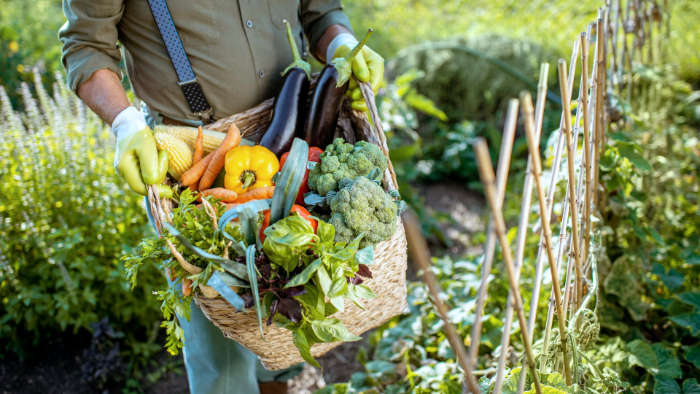
Unlock the Secrets of Companion Planting: A Beginner's Guide to Harmonious Gardens
Imagine a garden bursting with life, where plants not only thrive but also actively help each other. A garden where pests are naturally deterred, growth is boosted, and the harvest is abundant. This isn't just a gardener's dream – it's the reality of companion planting! For centuries, gardeners have observed the intricate relationships between plants, learning how to pair them for mutual benefit. Now, you too can unlock these secrets and create a flourishing, sustainable garden with companion planting.
Companion planting is more than just scattering seeds; it's about creating a symbiotic ecosystem within your garden. By understanding how different plants interact, you can harness their natural abilities to improve the health, productivity, and overall balance of your growing space. Join us as we delve into the fascinating world of companion planting and discover how you can create a harmonious garden that thrives!
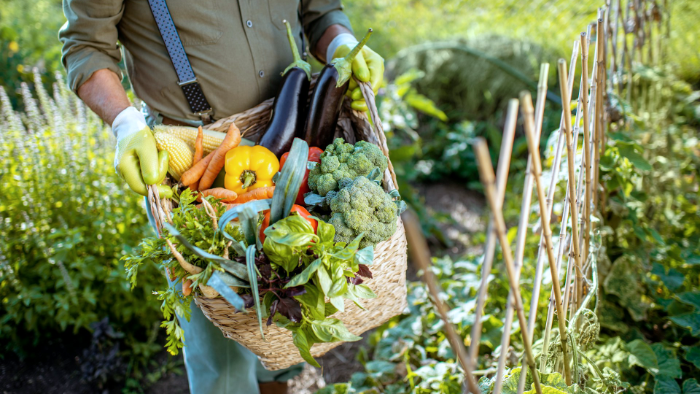
Section 1: What is Companion Planting?
At its core, companion planting is the strategic placement of different plants together to create mutually beneficial relationships. These relationships can manifest in various ways, from deterring pests and attracting beneficial insects to improving soil health and providing physical support. It’s a holistic approach to gardening that mimics the natural diversity found in healthy ecosystems.
The relationships between plants can be broadly categorized as:
- Beneficial: One or both plants benefit from the pairing. This is the foundation of companion planting.
- Neutral: The plants have little to no effect on each other. While not actively helpful, these pairings won't cause harm.
- Detrimental: One or both plants are negatively affected. These pairings should be avoided.
For example, planting basil near tomatoes is a classic beneficial pairing. Basil repels tomato hornworms and whiteflies, while also improving the flavor of the tomatoes. This is a win-win situation! Conversely, planting fennel near most vegetables is detrimental as it inhibits their growth. Understanding these dynamics is key to successful companion planting.
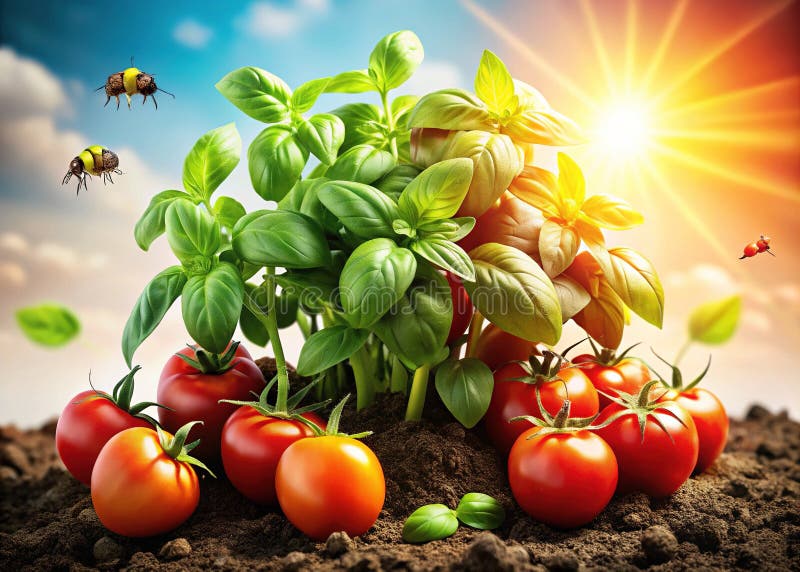
Section 2: Top Companion Planting Pairings for Your Garden
Ready to put companion planting into practice? Here are some popular and effective pairings to get you started:
- Tomatoes and Basil: As mentioned earlier, basil repels pests like tomato hornworms and whiteflies, enhancing the flavor of tomatoes.
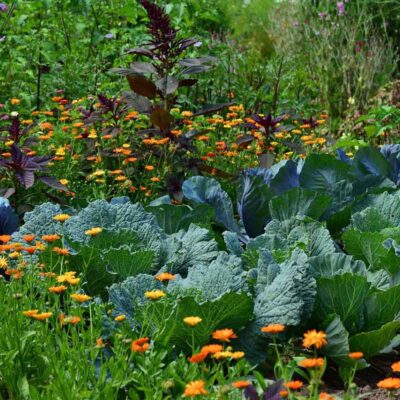
Alt text: Tomatoes and Basil growing together in a garden - Carrots and Onions: Onions deter carrot root flies, while carrots deter onion flies. This is a fantastic example of mutual pest control.
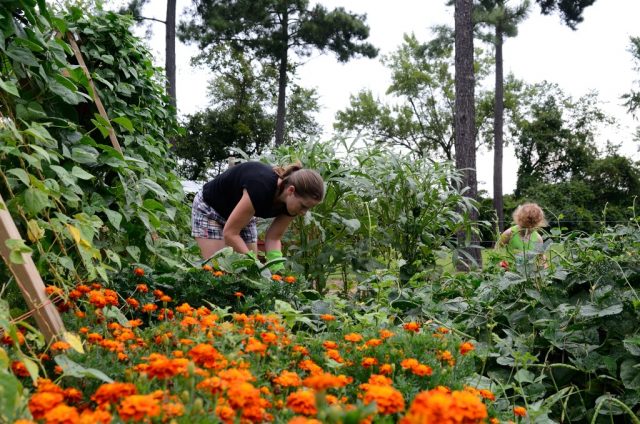
Alt text: A row of carrots growing beside a row of onions in a garden bed - Beans and Corn: Corn provides a natural trellis for beans to climb, while beans fix nitrogen in the soil, benefiting the corn. This is an ancient and effective pairing often referred to as the "Three Sisters" (corn, beans, and squash).
- Marigolds and Most Vegetables: Marigolds are excellent pest deterrents, repelling nematodes, aphids, and other harmful insects. Plant them throughout your garden for all-around protection.
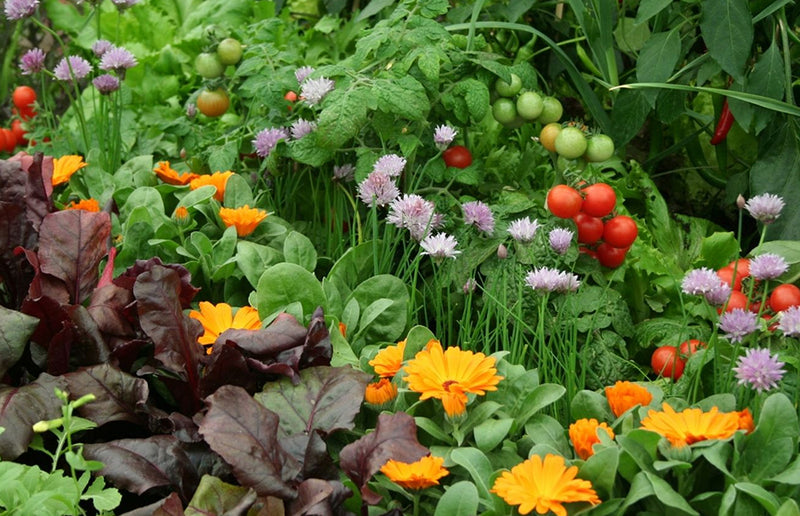
Alt text: Orange and Yellow Marigolds planted between rows of vegetables - Lettuce and Radishes: Radishes break up the soil, making it easier for lettuce to grow. They also act as a trap crop, diverting pests away from the lettuce.
- Cucumbers and Nasturtiums: Nasturtiums deter cucumber beetles and aphids, while also attracting pollinators to your garden.
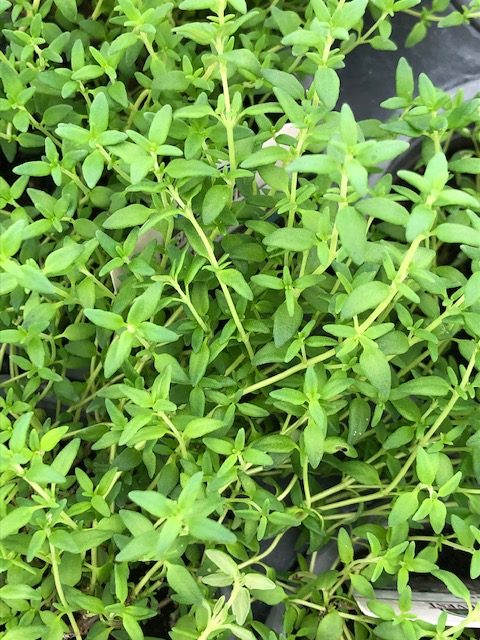
Alt text: Cucumbers growing near vibrant orange Nasturtium flowers - Peppers and Garlic: Garlic repels aphids, spider mites, and other pests that commonly attack peppers.

Section 3: Getting Started with Companion Planting
Incorporating companion planting into your garden doesn't have to be complicated. Here are some practical tips for beginners:
- Start Small: Don't try to overhaul your entire garden at once. Begin with a few key pairings and gradually expand as you gain experience.
- Consider Sunlight: Ensure that all plants in a pairing receive adequate sunlight. Avoid planting taller plants that will shade out smaller ones.
- Assess Soil Type: Different plants have different soil requirements. Make sure the plants you pair together thrive in similar soil conditions. Amend your soil as needed.
- Mind the Spacing: Give your plants enough room to grow. Overcrowding can lead to competition for resources and increased susceptibility to diseases.
- Plan Your Layout: Before planting, sketch out a simple garden plan that shows the arrangement of your companion plants. This will help you visualize the relationships and ensure optimal spacing.
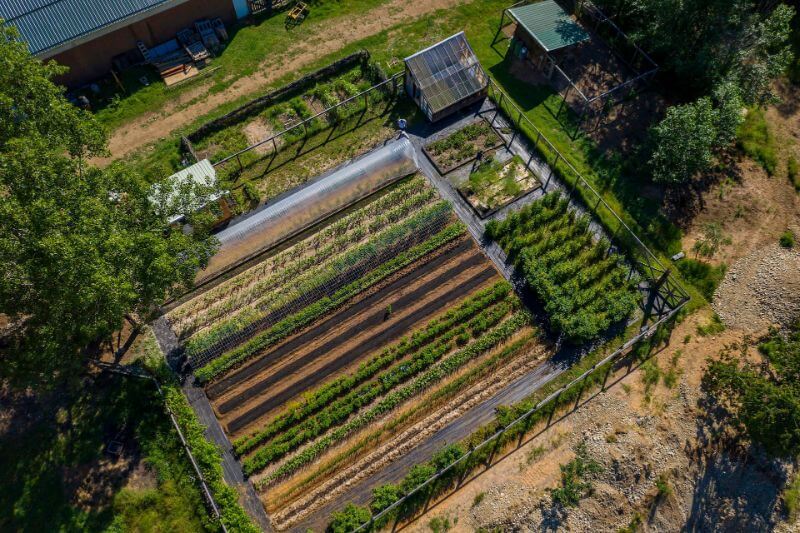
Section 4: Common Mistakes to Avoid
While companion planting offers numerous benefits, it's important to be aware of potential pitfalls:
- Incompatible Pairings: Not all plants are friends. Avoid planting incompatible species together, as this can lead to stunted growth, increased pest problems, or other negative effects. For example, avoid planting broccoli near tomatoes as they compete for similar nutrients.
- Overcrowding: Planting too many plants in a small space can create competition for sunlight, water, and nutrients. Ensure that each plant has enough room to thrive.
- Ignoring Individual Needs: Remember that each plant has its own specific needs. Don't assume that simply planting two compatible plants together will guarantee success. Pay attention to their individual requirements for sunlight, water, and soil.
- Lack of Observation: Regularly observe your plants for signs of stress, pests, or diseases. Early detection and intervention can prevent problems from escalating.
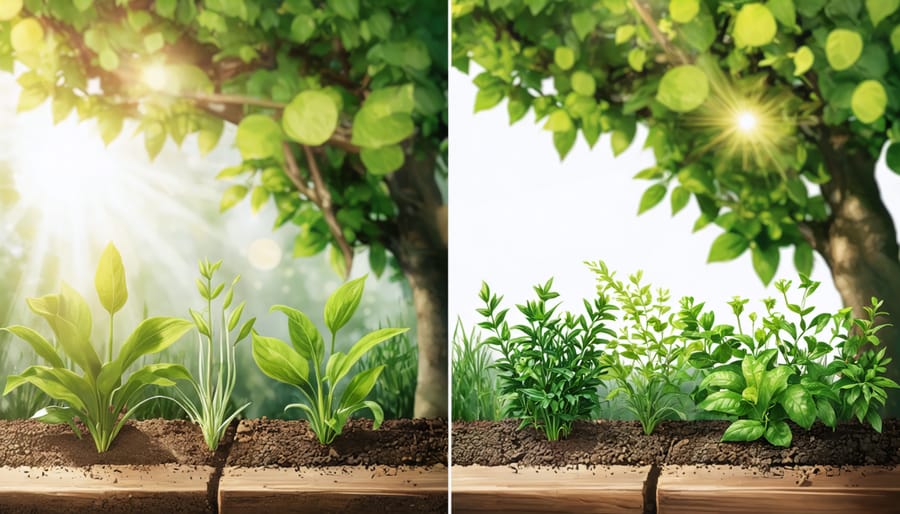
Conclusion
Companion planting is a powerful tool for creating a healthier, more productive, and more sustainable garden. By understanding the intricate relationships between plants, you can harness their natural abilities to deter pests, improve soil health, and boost yields. It's a rewarding practice that connects you more deeply to the natural world and allows you to create a truly harmonious garden. So, take the plunge, experiment with different pairings, and unlock the secrets of companion planting! Your garden – and your taste buds – will thank you.
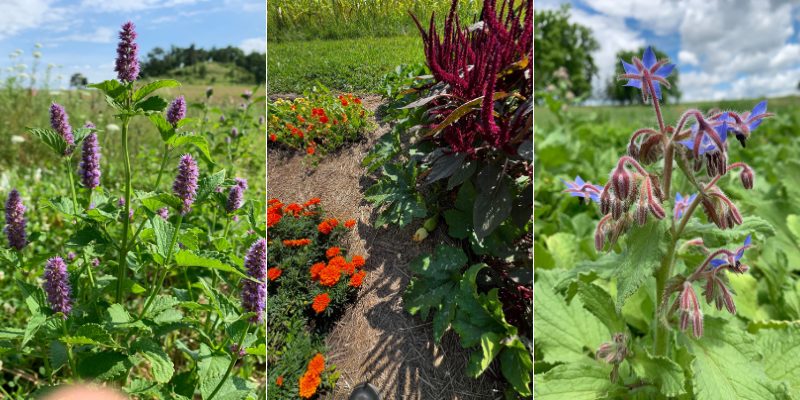
Alt text: A vibrant garden, full of healthy vegetables growing harmoniously
Call to Action
We'd love to hear about your own companion planting experiences! Share your favorite pairings, successes, and challenges in the comments section below. And don't forget to subscribe to the Better Homes and Harvests newsletter for more gardening tips, seasonal recipes, and inspiration for a more self-sufficient life. Happy gardening!